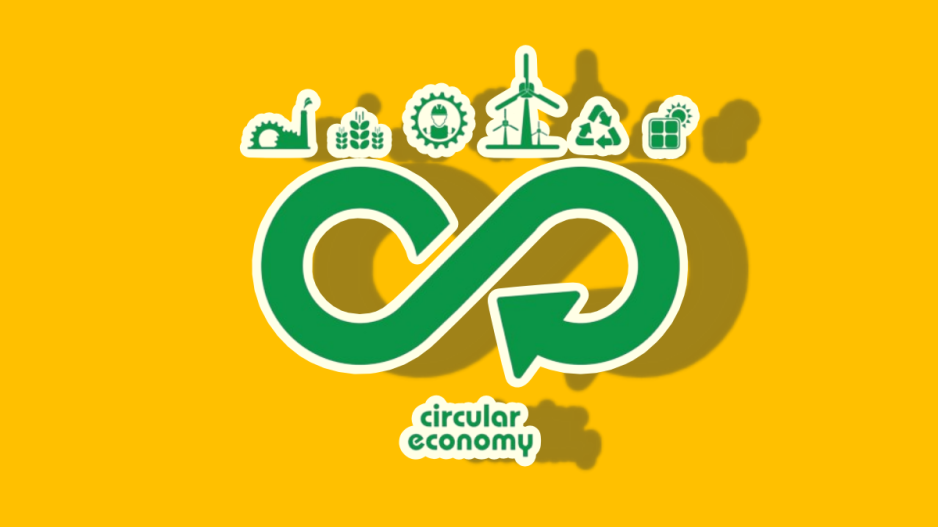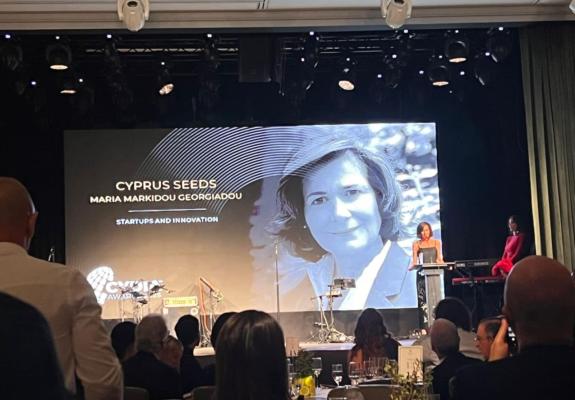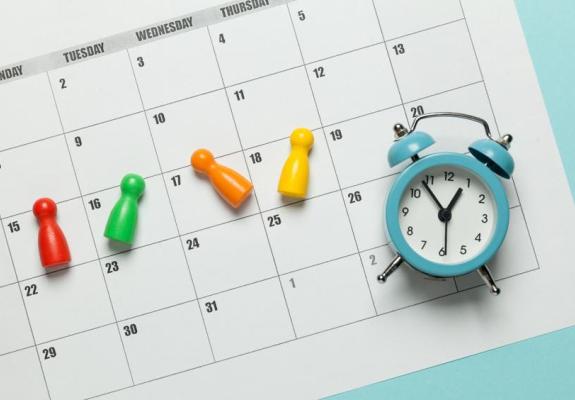Circular Economy Principles in Everyday Life Practices of Cyprus in Past Decades
The principles of the Circular Economy are neither new nor a recent invention of the last decade. In 1966 Kenneth Boulding, an economist, gave a lecture that became famous: The Economics of the Coming Spaceship Earth. He contrasted an open economy and a closed economy. He called the open economy the "cowboy economy", where the cowboy is symbolic of the unnoticed plains and was also associated with reckless, exploitative, romantic, and violent behaviour that is characteristic of open societies. The closed economy of the future can similarly be called the "spaceman economy", where the earth has become a single spaceship, with no unlimited possibilities, either for mining or pollution. Humans must find their place in a cyclical ecological system capable of continuous material production. The term circular economy began to appear in the 1990s and later.
If we go back to earlier decades and ask our grandparents, they will tell us stories from their daily life, where Circular Economy practices were an integral part of their everyday life. Although they were not familiar with the term "Circular Economy", they implemented these practices, mainly due to limited resources and with respect for nature, as the examples below show. These practices may be familiar to some, while others continue to be part of daily life today. However, in today's fast-paced world with countless choices, many of these traditional practices are gradually disappearing or remain limited.
Reduction: In traditional Cyprus, particularly in the countryside of past decades, meat consumption was uncommon. Each family typically raised a few farm animals, such as pigs, goats and chickens, which were fed with food scraps like fruit and vegetable peels, creating a natural cycle of organic material utilisation. This not only prevented the creation of biological waste but also fostered resilience, as families produced essential products like milk and eggs. Additionally, organic materials were collected in a pile in the yard, creating a beneficial soil amendment for the fruit trees.
Reuse: Not many years ago, the reuse of glass bottles was mandatory. Soft drinks and beers were sold exclusively in glass bottles before these were replaced by plastic and aluminium packaging. In that retro era, Cypriots were required to return empty soda and beer bottles to the grocer, where companies managed their reuse, often by paying a small fee. Today, the Deposit Return System (DRS) is an environmental initiative that aims to encourage the recycling of beverage packaging by applying a deposit fee at the point of purchase. Consumers pay this fee when purchasing a beverage and receive a refund upon returning the empty container to designated collection points, such as reverse vending machines or participating retailers. This system aims to reduce waste, increase recycling rates and promote a circular economy by ensuring that beverage containers are reused or recycled efficiently.
In Europe, several countries have successfully implemented DRS, achieving high collection rates for beverage packaging. For example, countries such as Germany, Denmark and Sweden have introduced DRS covering various materials, including PET bottles, aluminium cans and glass bottles. These systems have demonstrated significant success in reducing waste and increasing recycling rates.
In Cyprus, the Regulations for the establishment and operation of packaging guarantee schemes are in the final stage of consultation and we hope to see them develop and implemented in our country soon.
Repair: Repair and reconditioning of products was an integral part of everyday life a few decades ago. Shoemakers (or cobblers) and seamstresses (or tailors and shoemakers) were essential occupations in almost every village, with at least one shoemaker and one seamstress repairing shoes and clothes respectively. Seamstresses often adapted clothes, shortening, lengthening or even altering them to suit new fashions.
Nowadays, although some continue in the trades of shoemaker and seamstress, easy access to shops and low prices for new products have reduced the demand for repairs. This shift has led to the creation of large quantities of clothing and footwear, fuelling the fast fashion phenomenon[1] and causing serious ecological consequences.[2] As a result, repair-related professions are now gradually disappearing. One of the initiatives of KyklOIKOdromio is the promotion of repair centres, listed on an online platform to facilitate access of interested individuals, alongside organised actions to promote the alternative use of textiles and to raise public awareness of the ecological damage caused by the unsustainable production and consumption of textiles.
Refurbish: In Cyprus a few decades ago, the refurbishment of furniture, especially sofas and armchairs, was more common than the purchase of new products. An upholsterer and a carpenter could create modern furniture by utilising the original frame of an old piece. Replacing the fabric on sofa cushions was an economical and environmentally friendly solution, reducing waste and leaving a smaller ecological footprint. Additionally, for the production of traditional Cypriot chairs (tonenes), which were handmade individually, sustainable materials such as fludin (found in rivers) and beech wood were used.
Today, although professional upholsterers and carpenters still exist, the demand for furniture reconstruction has diminished as the market offers affordable options for new furniture. However, there are still craftsmen who specialise in furniture reconstruction, keeping alive a tradition that promotes the sustainable use of materials. Also on the Circular for all platform run by KyklOIKOdromio, one can find craftsmen and repair stores.
Repurposing: We all have in our homes, or at least have seen, the colourful rugs and blankets woven on a loom with yarns and strips of old fabrics. The use of the loom or "Voufa" dates back to the 19th century in Cyprus, when islanders created woven fabrics with distinctive patterns, that varied by region and season. Initially, only yarn and threads were used, but in more modern works, such as carpets and bags, old fabrics (from sheets, jerseys, dresses, etc.) were also cut into thin, long strips. These strips were passed with the “shayta” (the makuj'in), creating colourful compositions by repurposing old fabrics and giving them a new use (as «pefzia»).
We are now witnessing remarkable efforts and innovative practices in product re-evaluation, either to create alternative and unique art forms, or to meet the need to use available materials instead of discarding them as waste.
Studying everyday life in Cyprus over the past decades reveals numerous examples of circular economy principles, such as the sharing and exchange of resources. Notably, neighbours frequently exchanged products like fruits, vegetables, and other agricultural goods to conserve resources and meet family needs. People also crafted essential items themselves using materials from their environment, creating items such as clay pots, “cesta”, and baskets. Plastic was absent from their lives; instead of plastic bags for shopping, they used bags (multipurpose textile bags) and bought local products.
These practices demonstrate the deep connection between Cypriot society and circular economy principles, long before it became an official concept. Sustainable resource management and respect for the environment were fundamental principles for survival and a way of life. However, in this age of over-consumption and modern conveniences, the adoption of circular economy and sustainability practices may seem to some as progressive or innovative.
*by Elena Andreou, Environmental Specialist, KyklOIKOdromio
-
[1] Fast fashion is the constant provision of new styles at very low prices. Fast Fashion is a term used to describe cheap and low-quality clothes that are produced quickly and released quickly to the market to meet new trends.
[2] According to a publication on the European Parliament's website, the environmental impact of textiles shows that in 2020 the consumption of textiles per person in the EU will require 400m2 of land, 9m3 of water, 391 kg of raw material, and cause a carbon footprint of 270kg.






